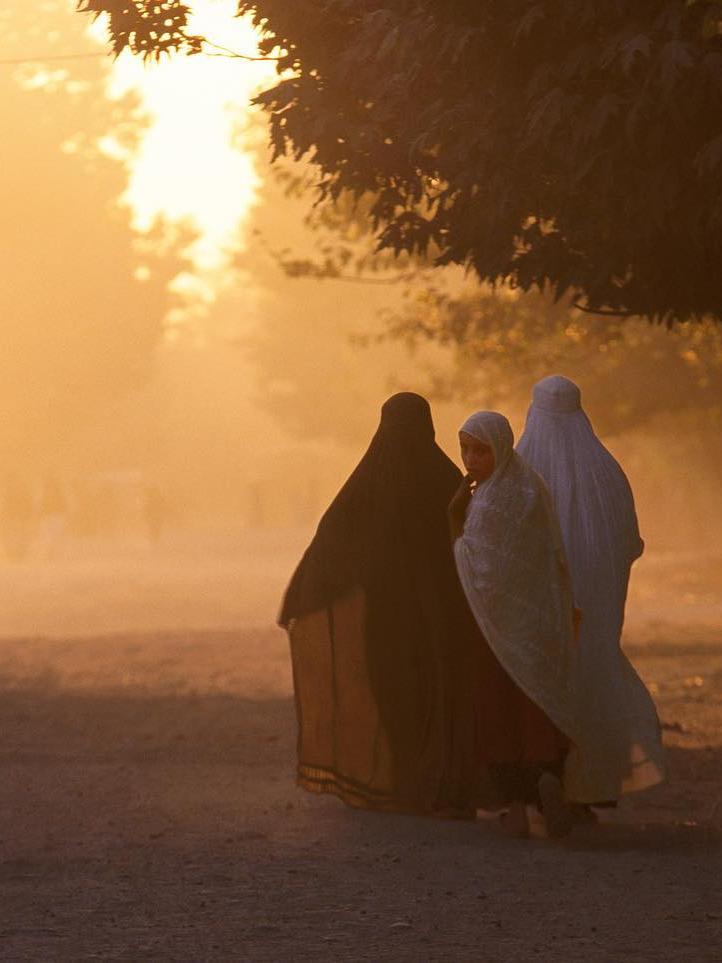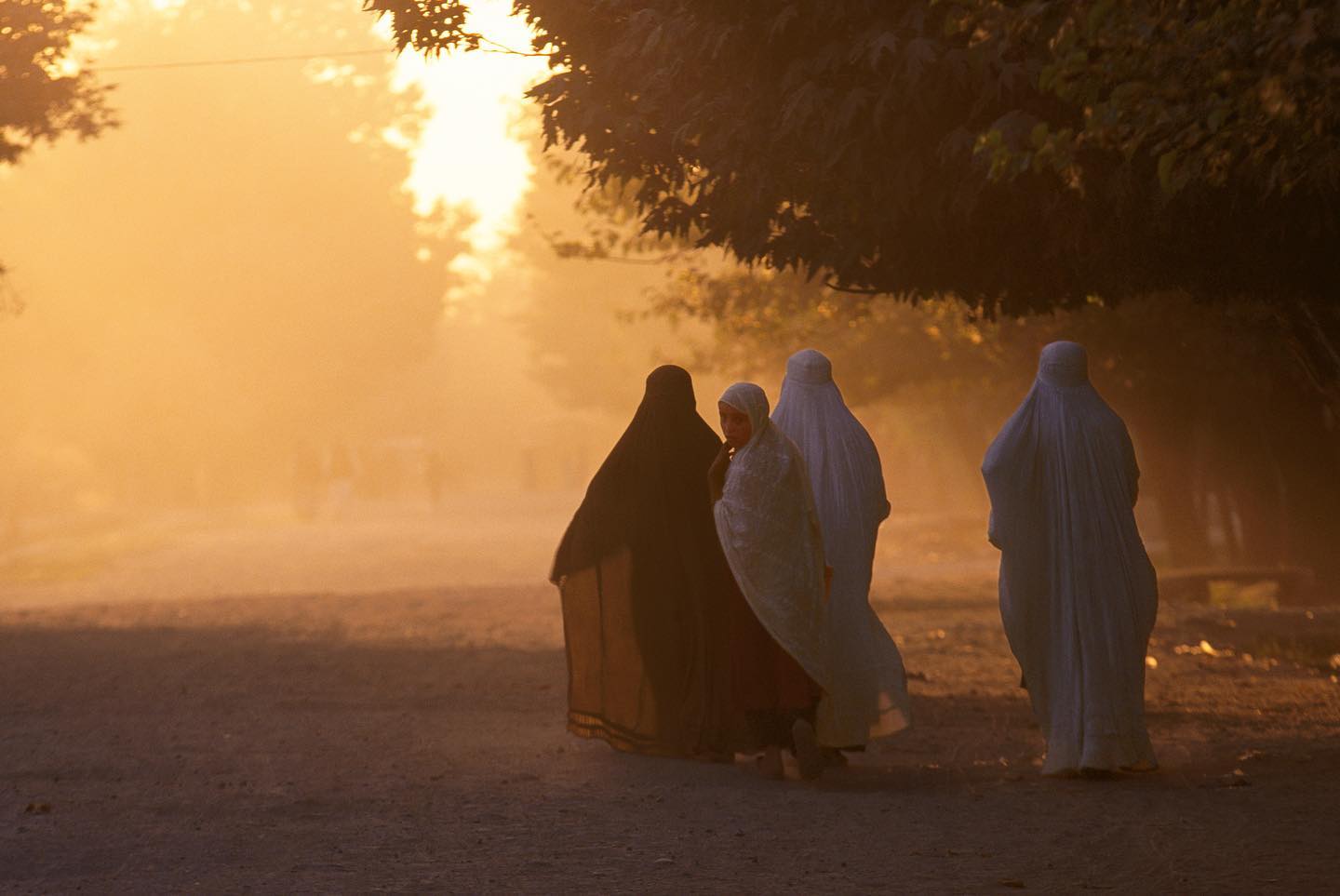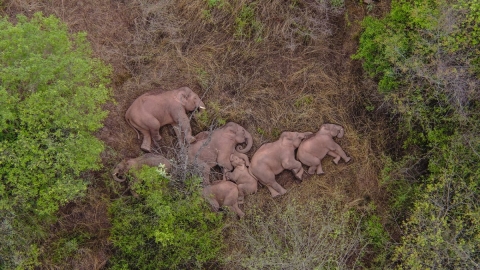The London debut of Sgt. Pepper's Lonely Hearts Club Band in May 1967 was a milestone in the fashion and music world. While the outfits of all three Beatles members wowed the world, John Lennon was the real star of the show. Lennon always appeared wearing a green, ruffled, floral shirt, maroon corduroy trousers, canary yellow socks, lace-up shoes with two particularly unusual additions. One was a leather jacket that came with the other members, the other was an Afghan sheepskin coat, worn with a fur lining and a leather lining, tan in color and embroidered with large red flowers on the front and sleeves.
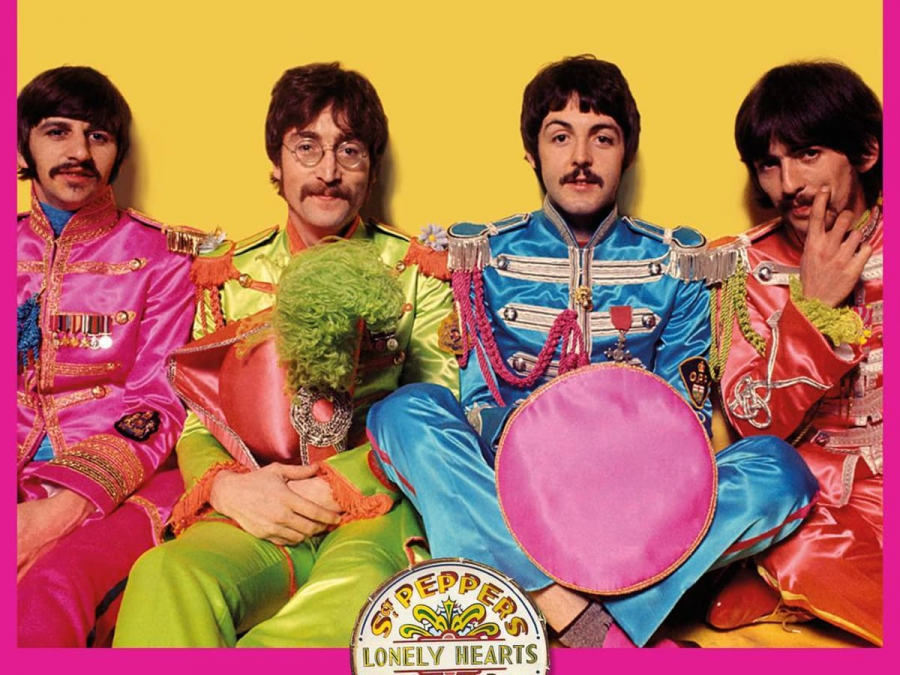
The jackets became a craze with extraordinary longevity. The “Afghan,” as the world dubbed it, became a celebrity fad in the late 1960s. Then, for the best part of a decade, the “Afghan” jacket became a standard youth outfit – a quintessential hippie garment and a symbol of what was called a conventional, insular counterculture. To this day, the “Afghan” still appears regularly in every “bohemian” or “bohemian” themed photoshoot of youth around the world.
However, the craze for these coats was only possible because Afghanistan's relationship with the rest of the world at that time was beginning to change.
A LIVE-OUT NATION
In the 60s of the last century, on a wonderful September day in Kabul, Queen Humaira Begum and her husband - King Zahir Shar appeared before the world public for the first time in standard European clothes. At that meeting, the revered King announced that Afghanistan would open its doors to the world after centuries of isolation, and Queen Sumaira appeared before the world without using a headscarf, as a way to demonstrate freedom and remove the shackles that bound the status of women in Afghanistan. It was not until that time that the world knew how beautiful and majestic Afghanistan was, how friendly, hospitable and pure the Afghan people were. The bustling and crowded cities were surrounded by "paradise" of plateaus, mountains and gentle rivers, making that land like a beautiful picture drawn by the gallant and amorous eyes of God. Every afternoon, one would see thousands of colorful kites fluttering above the rooftops of Kabul, hear the laughter of children and see wisps of smoke rising from the crowded markets. Everything went on peacefully. But everything changed in the following four decades, the once idyllic landscape gradually turned into ruins - when the Taliban government first took power in Afghanistan in 1996.
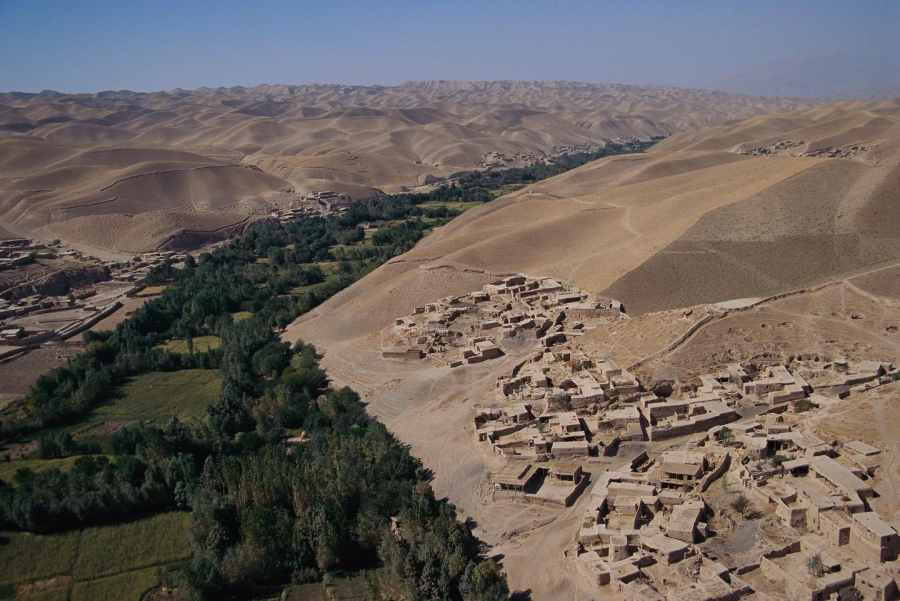
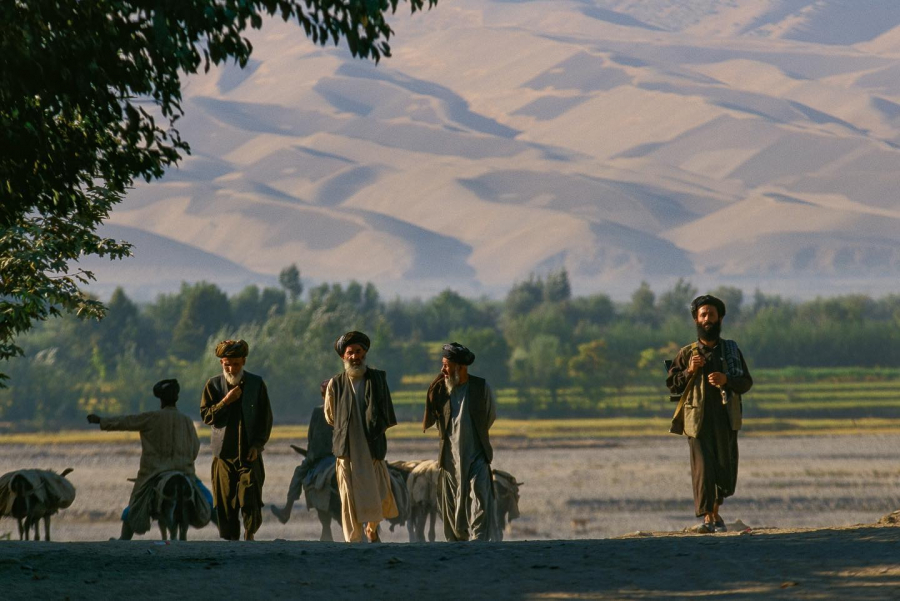
The Taliban ruled from 1996 to 2001, during which time all artistic elements were violated in the most “savage” way. No music, no entertainment, no paintings or plays. During the first five years of Taliban rule, the Afghan people were deprived of all basic rights to pursue happiness. All that this idyllic country had to endure for five years was an oppressive regime, banning television, music and cinema; prohibiting men from trimming their beards; and forcing women to wear burkas that covered them from head to toe.
If there is one saying that predicted all the violence that has occurred in Afghanistan over the decades, it is the one engraved at the entrance to the Kabul Museum: “A nation survives as long as its culture and history survive.”
There is a “culture” in Afghanistan where women are not allowed to go to school, are confined to the home, are required to wear a certain dress, and are treated as second-class citizens. At the same time, there is another role where women hold positions, which is that they are trained as fighter pilots and enjoy the only freedom to entertain men. There is one such extreme “culture” where tribalism and ethnicity dominate almost all aspects of daily life, and another where it does not.
The Taliban clings to a cluster of these “cultures,” and the Afghans who fear the Taliban's return belong to one.the remaining group- a culture closer to human culture where people are free, pursue happiness and have equal human rights. Each side has its own historical narrative explaining which side is the biggest villain of society, and the cognitive dissonance between them is immense. For ages, the historical narrative of Afghanistan has always been a story made up of fragmented cultures and a distorted history, of a nation in the process ofdiein an effort to keep itself alive.
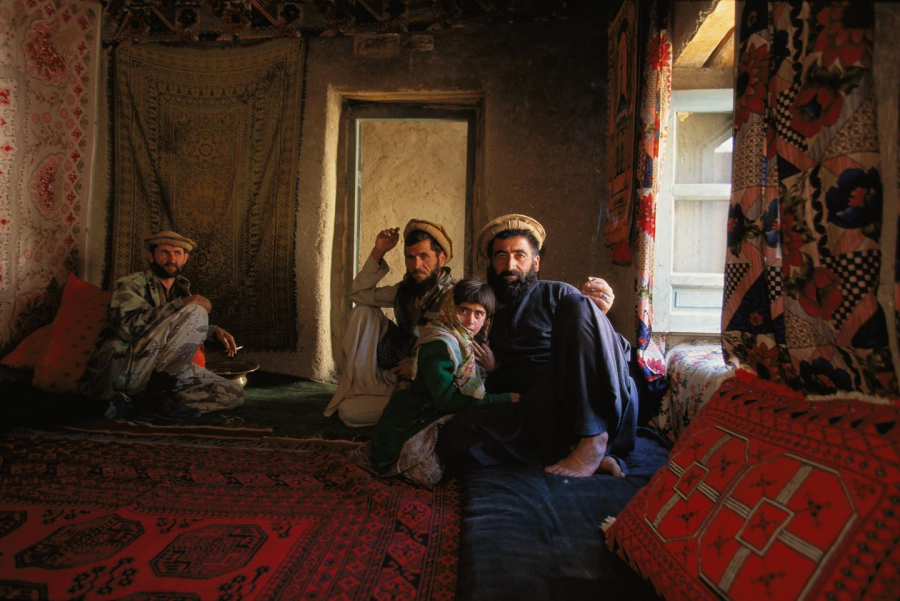

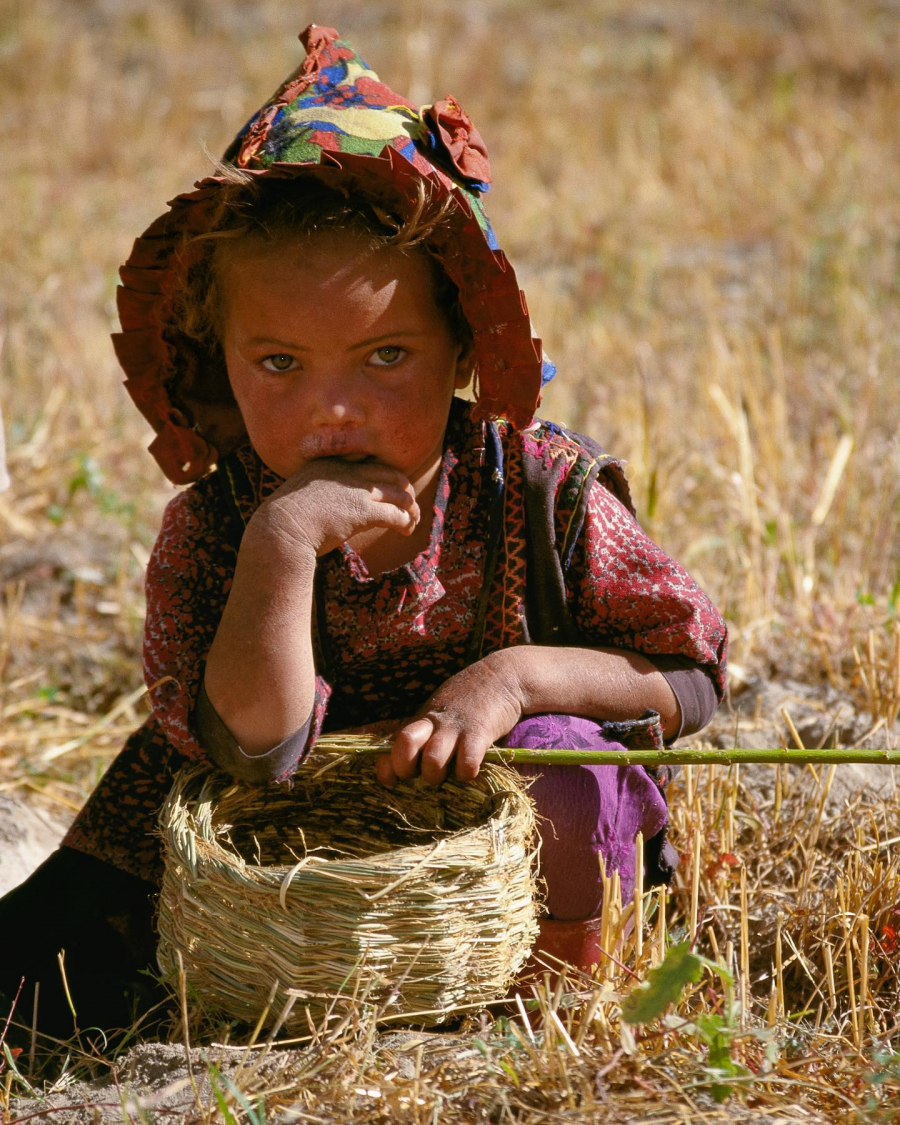
The cultural gap between Kabul and the Taliban is so great that it makes communication between the people and this new power difficult. The “integration” that the Taliban announced in Afghanistan today means that women will lose their rights and face further beatings in the streets if they break the law; Afghanistan’s landscapes will once again be closed to the world; and scenes of devastation, blood and tears will once again be shed across the country.
In fact, the Taliban are not alone in perpetuating a “culture of oppression” in Afghanistan. Two weeks ago, Kabul’s education department issued a ban on girls singing. It was supported by many Kabul parents, but met with outrage from other Afghans. The hashtag #IAmMySong went viral, accompanied by tweets from Afghan women recording themselves singing, and embarrassed government officials into rescinding the ban themselves. Many Afghans, especially the country’s well-educated professional class, therefore fear that the country will be subject to more conservative repressive measures if the Taliban expands its influence across the country.
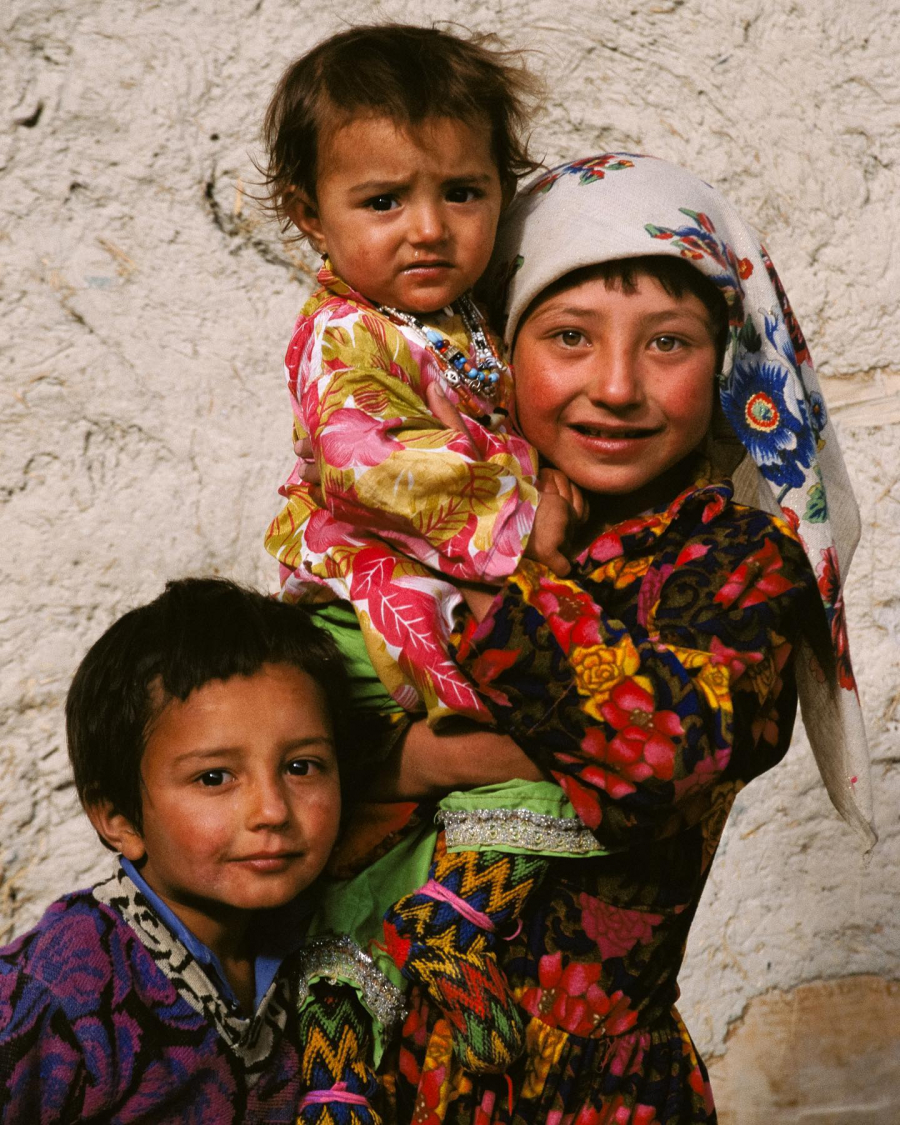

…Or a priceless gift from God?
If we only imagine that distant land through images of cities, ash-covered deserts, violence, chaos... or in other words, images favored by the media, we will unintentionally let ourselves be swallowed by the storm of negative information. In fact, Afghanistan is a more beautiful and multifaceted country than that. Lonely Planet once described Afghanistan as a "country of endless fascination". From the dams of Band-e-Amir to the wild, towering Pamir mountains where the world's last snow leopards lurk, to the extremely remote villages of Wakhan, right next to the Chinese border - all are unique with simple, rustic but vibrant beauty - and these are all the more peaceful areas of Afghanistan. The most famous is probably the city of Bamiyan, a windy plateau with many special landscapes. The city’s giant Buddha statues, destroyed by the Taliban in 2001, have come back to life as 3D projections that have delighted tourists for years. Bamiyan also has important archaeological sites, such as a cave that holds some of the world’s earliest oil paintings dating back to the 14th century, and a fledgling ski industry.
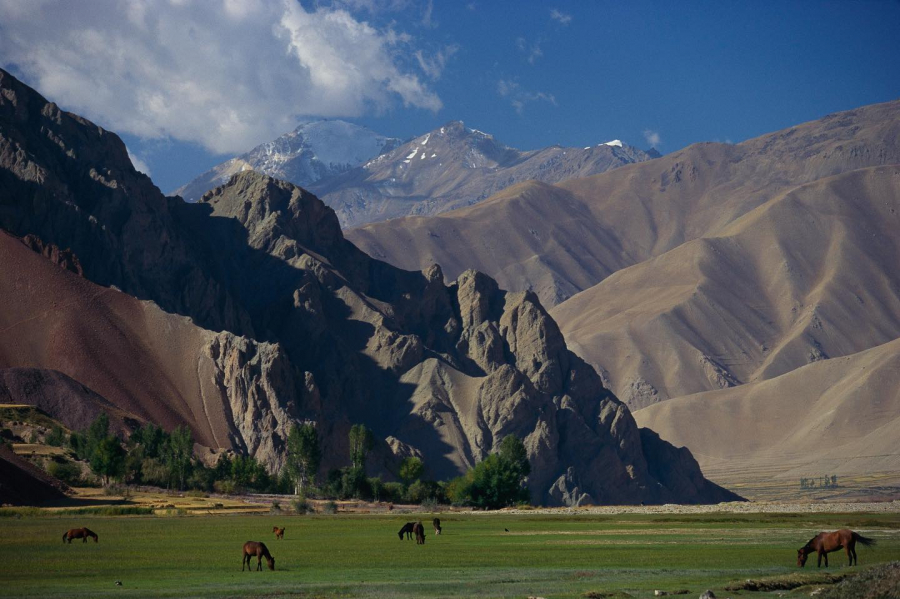
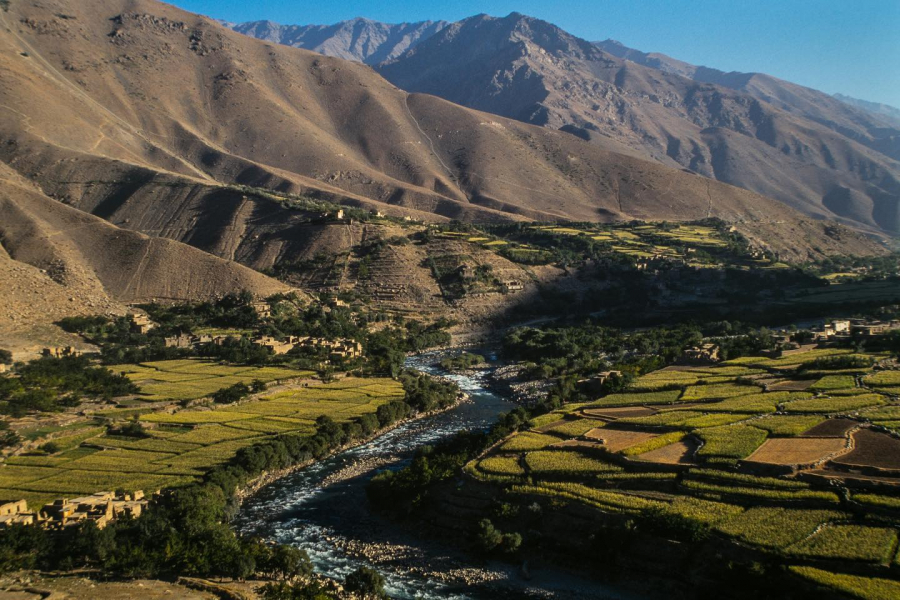
In addition, Bamiyan has a progressive and unique history including Afghanistan's first female provincial governor, Dr. Habiba Sarabi. This stability makes Bamiyan attractive to tourists and opens a new image for the country that for a long time the whole world always thought was only the heat of guns and war, not knowing that there are people who always have warm hearts of compassion and hospitality.
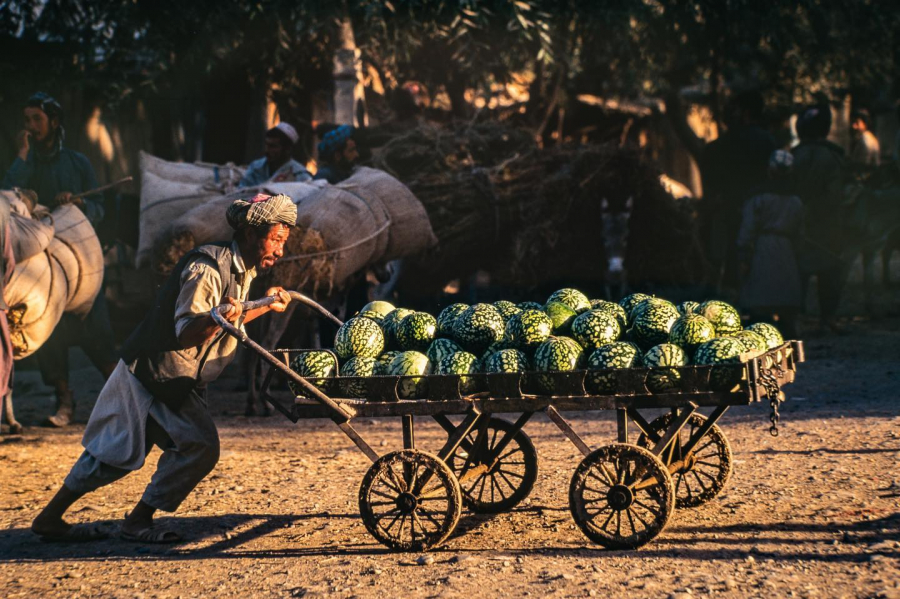
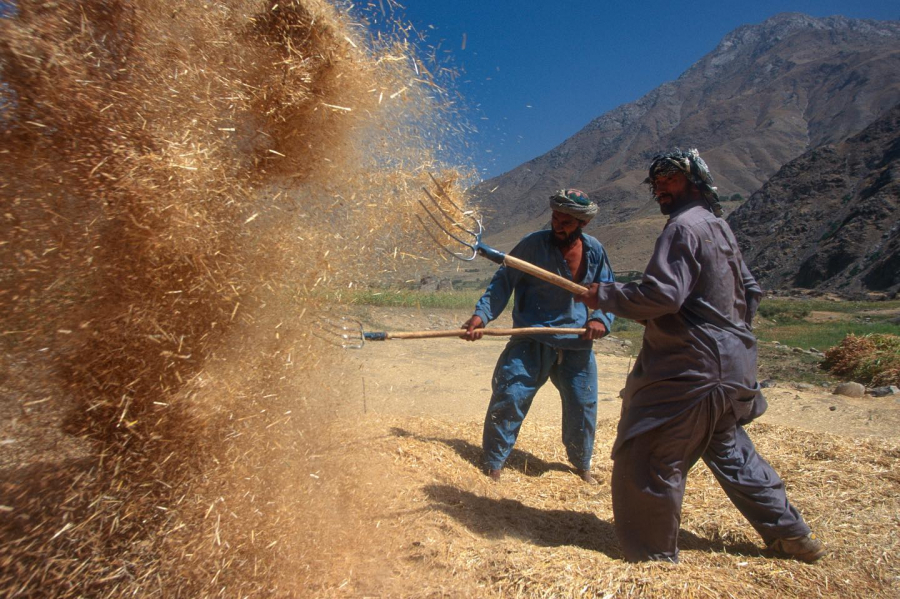
With its rich and hospitable culture and unparalleled natural beauty, the post-conflict development of a sustainable and responsible tourism industry could benefit Afghanistan – especially in its more remote areas. After all, before war and Covid-19, in the 1970s, more than 100,000 tourists visited Afghanistan a year. Back then, Afghanistan was a hidden gem in the vast mountains and valleys of the Middle East.
Today, even a romantic can no longer look at the picturesque valleys and majestic snow-capped mountains of Afghanistan and dream of a beautiful vision befitting such a priceless gift from nature. The sad, fearful and pleading eyes that appear from the single hole in the burka, thus become the perfect metaphor for the “ugly culture” and the terrible things happening in that Middle Eastern country, right now.






